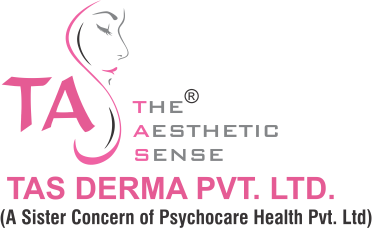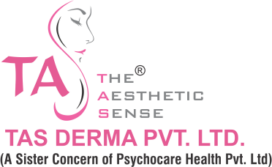Kojic Acid: Your Ultimate Solution To Skin Pigmentation- kojic acid is a widely used compound in dermatology and pharmaceutical fields. Kojic acid is frequently used topically to treat a variety of skin problems. It is safe to use in cosmetic products at concentrations of 1% or below. It is most commonly used to brighten the skin. This has been proved to be the most effective clinically proven treatment for skin problems. Kojic acid may be found in a variety of cosmetic items, such as powders, serums, lotions, cleansers, and soaps. Today, in this article we will explain a diverse amount of information regarding Kojic Acid, its uses, from where it comes, and many more. This will help a lot for our society to use this compound based products or drug for right uses.
Some products, such as soaps and cleansers, are supposed to be rinsed right away. Others, such as creams and serums, are intended to be applied and absorbed into the skin. Kojic acid products are most typically used on the face and hands, although they can be used on any non-sensitive region of the body.
From Where Kojic Acid Comes
Kojic acid is a mushroom-derived compound that may also be produced during the crying out loud process from glutinous rice. For its ability to permeate the layers of the skin and inhibit melanin formation, kojic acid is an efficient spot-fading therapy and is frequently seen as a less-aggressive alternative to hydroquinone. It may be used to brighten the skin and even to avoid browning on vegetables. It is a well-known and researched inhibitor of tyrosinase in the skin, making it a popular skincare component.
When Kojic Acid Was Discovered?
Saito extracted that “new” substance from mycelium of the fungus Aspergillus oryzae cultivated on steamed rice in Japan in 1907, and Yabuta gave that organic compound the Kojic name in 1913. After it was discovered that the hands of brewers and distilled spirits who worked with koji or rice malt were notably white and silky, research on kojic acid became more intense. The Japanese Ministry of Health, Labour, and Welfare authorised kojic acid as an active whitening agent in 1988.
Kojic acid has good bleaching properties. However, due to the necessity for a highly sophisticated mixing procedure to retain its efficiency, it was extremely difficult to employ in cosmetic items. Following that, firms began to include kojic acid into their cosmetic goods, resulting in a huge demand for derma products, since kojic acid has several skin advantages.
What Is The Usage Of Kojic Acid For Skin?
Kojic Acid is used for treating a wide range of skin issues. In dermatology, age-related patches are referred to as a pigmentation issue. There are several forms of pigmentation diseases, with chloasma, senile pigment freckles, and ephelides being notably aggravated by UV exposure. They are generated when cells in the skin called melanocytes generate vast quantities of a pigment called melanin. Kojic acid has lightening properties and suppresses excessive melanin formation.
Kojic Acid For Skin Pigmentation
Kojic Acid is also used to treat pigmentation that works by inhibiting the synthesis of melanin, a pigment that gives skin colour. There are various issues in the society which are only treated by the Kojic acid, Pigmentation is also one of them. This is a widely used compound to treat hyperpigmentation and known as Kojic Acid: Your Ultimate Solution To Skin Pigmentation.
Hyperpigmentation is the medical name for darker regions of skin. Excess melanin synthesis causes these patches, which can be caused by everything from acne scars and sun damage to hormonal changes.
Kojic Acid For Fungal Infection
Kojic acid also has antifungal effects that are even used to boost the efficiency of several antifungal products. It may be beneficial in the treatment of fungal skin infections such as yeast infections, candidiasis, and ringworm or athlete’s foot. Regular usage of kojic acid soap may help prevent both bacterial and fungal diseases on the body. Pigmentation is also treated with kojic acid. It works by preventing the production of melanin, a pigment that gives skin its colour.
Treatment Of Age Spots And Scars By Kojic Acid
Kojic acid acts by preventing the formation of tyrosine, which therefore prevents the development of melanin. Skin whitening may occur if melanin synthesis is reduced. Kojic acid is known to suppress the synthesis of excess pigment by blocking tyrosinase, the molecule responsible for melanin production. This lightens sunspots, pigmentation, and markings left behind by acne scars or pimples.
Side Effects Of Kojic Acid And Who Should Not Use Products Containing Kojic Acid
The most prevalent kojic acid adverse effect is contact dermatitis. It can cause redness, irritation, itchy, rashes, swelling skin, as well as pain and discomfort. Contact dermatitis is more likely in people with sensitive skin or those who use products containing more than 1% kojic acid. It appears as a red rash with extreme itching. Skin that is cracked and scaly. Bumps and blisters, occasionally with oozing and scabbing Stop using kojic acid products if you have any major side effects and notify your doctor or a dermatologist. Long-term kojic acid usage may make the skin more sensitive to sunburn. Keep this in mind, and be very cautious while employing.







